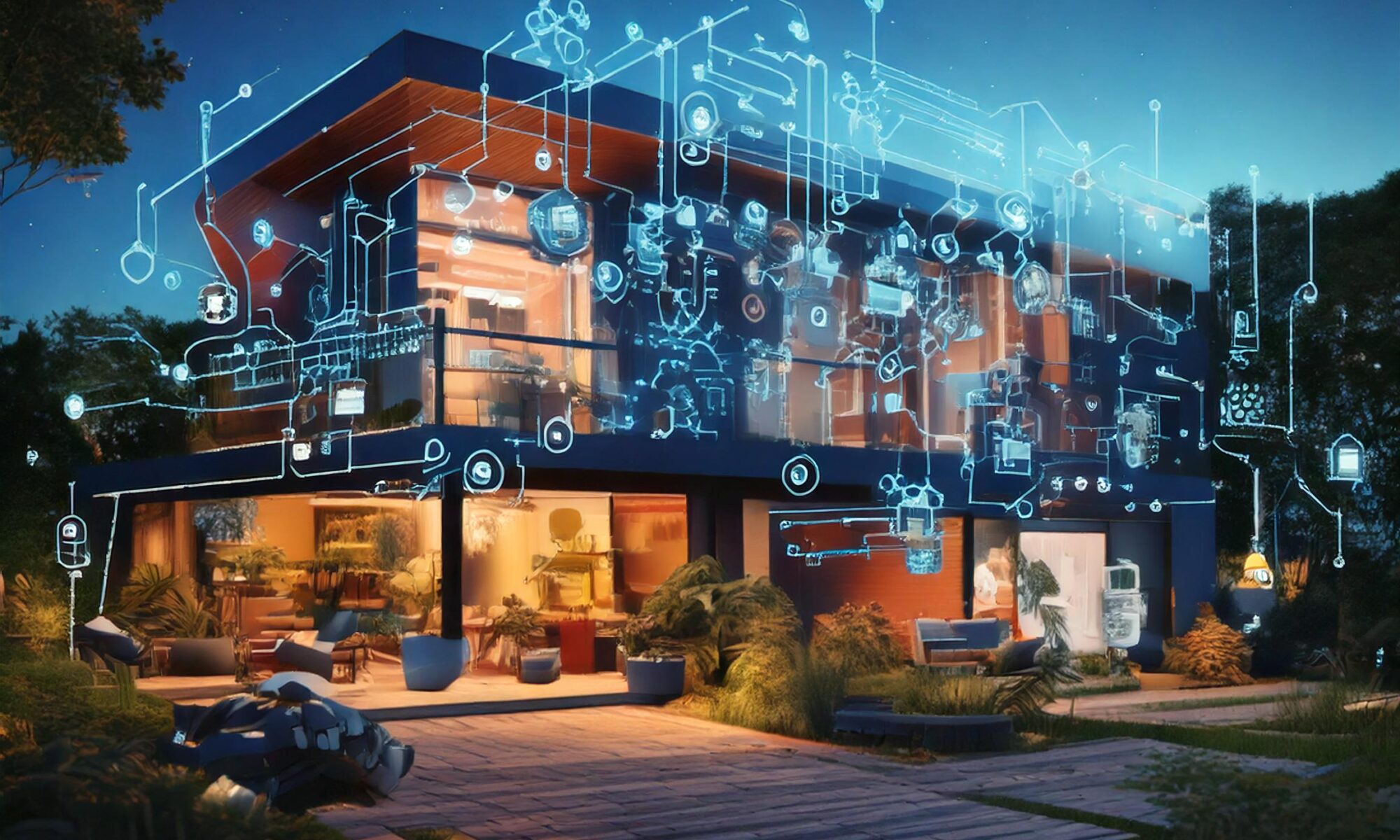Home automation has been a hobby of mine ever since my wife and I purchased our home. It started with a basic system built off the Phillips Hue products and the Lutron Caseta dimmers. Our house had may old pull chain style lights and we like them. Our house was built in the 1920’s and didn’t have indoor plumbing until the mid 80’s. It has a vintage charm and we wanted to keep that. The Lutrons work without a neutral and the few lights on switches, we changed out to them but as for the pull chains, the Hue bulbs were the perfect fit. They have integration with Apple’s HomeKit and wireless remotes you can stick anywhere. The Lutrons had similar functionality and compatibility. This worked great, but I wanted more control than the apps Phillips and Lutron had and HomeKit was limited on what it was able to do as well. I like having the finer control and the ability to perform multiple complex actions based on different things such as who is home, whether or not we are away for an extended period of time, or even actions based on the weather forecasts. HomeKit was also very heavily reliant on the internet meaning many automatons would just not work or work incorrectly if the internet went out. Homekit also lacked the ability to add custom electronics and support was and still is to an extent limited. I needed something that not only made everything play nice, but could be expanded, had a good amount of support both from the people who made it to the community and the everyday people who use it just for the basics to people like me who have hundreds of devices, sensors and automatons happening as well as collecting data on the health of my home. My home automation system will continue to function with no internet and most of my data is processed and stored locally on my own servers. I do have a few cloud connected functions, but they are not critical. Home Assistant is constantly getting new add-ons and improvements and the list of devices and services it can integrate with are growing every day.

Adventure and just about anything else!
